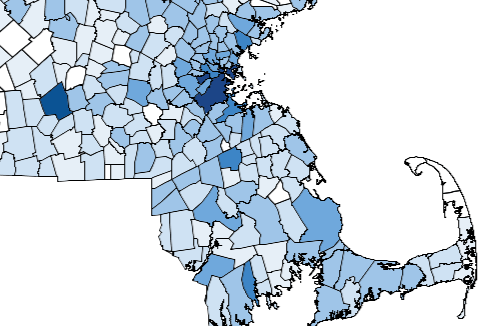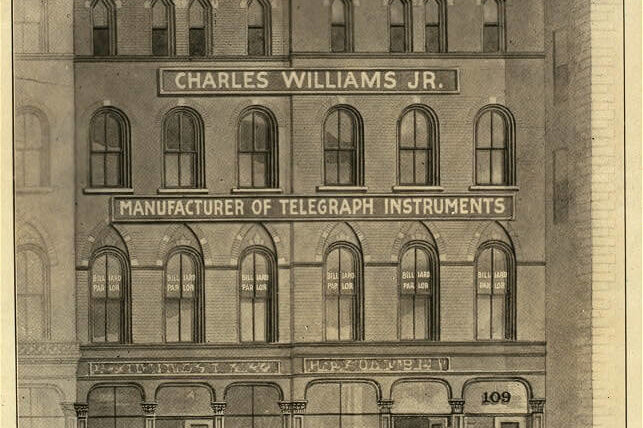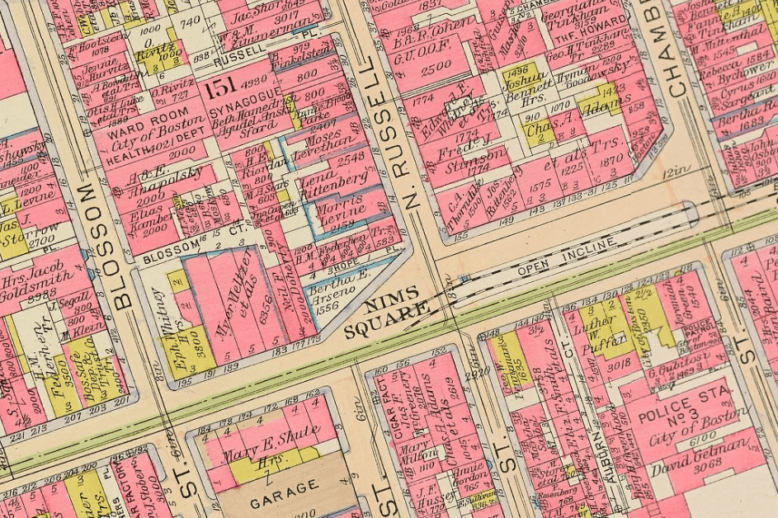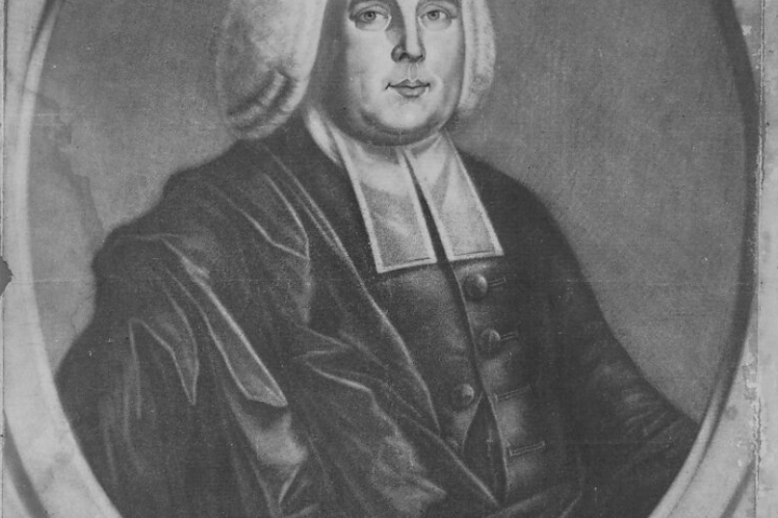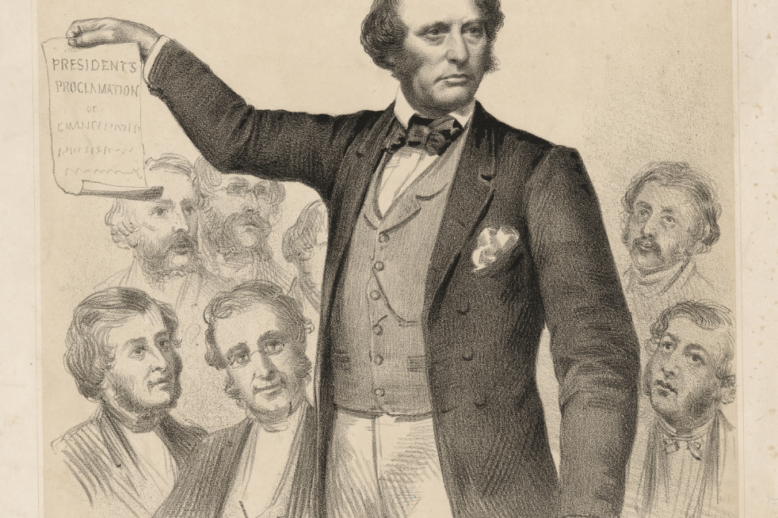History
Organizational category for all historical articles
Boston, like its West End, is no stranger to marked population changes. Recent studies have predicted further transformations for Boston’s and Massachusetts’ populations that could have meaningful economic and political impacts. Such changes, current and future, are influenced by various interrelated factors: immigration patterns, cost of living, major disruptors, anchor institutions, and global population growth rate.
Bernard Berenson (1865-1959) was a Lithuanian-born, West-End-raised art historian and commercial art dealer specializing in the Italian Renaissance. His knowledge and expert connoisseurship greatly impacted the art world of the 19th and 20th centuries, and his dealings with wealthy Americans bolstered the flow of Old Masters into the country. His publications on Italian Renaissance artists were hugely successful and are still used in classrooms today.
Thomas Edison (1847-1931), the famed inventor with 1,093 patents, got his start in Boston before contributing to the invention of the lightbulb, phonograph, and movie camera. From staying at boarding houses on Cambridge Street to experimenting in workshops in Scollay Square, the West End was a launching pad for the young Edison’s nascent career as an inventor and entrepreneur.
In 1916, Boston’s Committee on Public Lands voted in favor of naming the junction at Cambridge, North Russell, and South Russell Streets “Nims Square,” in honor of Ormand F. Nims, a distinguished Civil War veteran and longtime West End business owner.
For twenty years, The West End Museum has preserved the history of the West End and the memories of its residents, many of whom were displaced by an urban renewal project in the late 1950s which demolished their homes and destroyed their community. The journey from the time of the evictions to the opening of the Museum’s doors in 2004 was full of fits and starts, including long legal battles. In the end, the perseverance of the entire lost community, and a smaller number of its dedicated leaders, made The West End Museum a reality.
Prescott Townsend (1894-1973) was a gay activist who lived on the North Slope of Beacon Hill from the early 1920s until his death in 1973. He was outspoken and proud of his identity, from boasting about his pilgrim ancestors to organizing early LGBTQ+-oriented groups in Boston.
Jonathan Mayhew (1720-1766) was a minister and influential theologian who was a foundational figure in the philosophy that spurred revolutionary sentiment in the colonies. He preached at Old West Church from 1747 to 1766, where he would deliver sermons on politics and share his unorthodox theology.
Charles Sumner (1811-1874) was a lawyer and United States Senator who was a vocal abolitionist and civil rights advocate. He was born and lived most of his life on the North Slope of Beacon Hill, where he had close connections with the Black and abolitionist community.


